Design Optimization of Electric Machines Using Intelligent Algorithms
With the increasing demand for more efficient and sustainable technologies, electric motors have become a critical component in many industries, including transportation, and renewable energy. Intelligent algorithms, such as genetic algorithms, particle swarm optimization, fuzzy logic and artificial neural networks, can help optimize the design of electric motors and improve their performance. Intelligent algorithms can be used to identify the optimal combination of motor parameters, such as the number of turns in the winding, the wire gauge, the core material, and the shape of the stator and rotor. These algorithms can take into account various constraints, such as power requirements, torque output, and efficiency, to find the best design that meets the specific needs of the application.

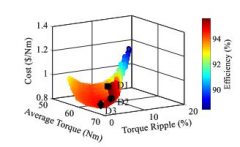
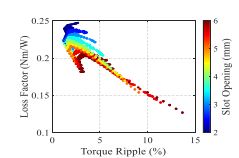
Figures: Design optimization of PMSM using supervised machine learning
Innovative Materials for Electric Machines
The investigation of new and innovative materials for electric motors is an ongoing effort. We are exploring different materials that can be used to improve the performance of electric motors, such as high-temperature superconductors, carbon nanotubes, and advanced ceramics. These materials offer unique properties that can increase the efficiency, power density, and durability of electric motors. For example, copper has traditionally been the preferred material for motor windings due to its high conductivity and excellent electrical properties. However, the increasing cost of copper has led researchers to explore the use of aluminum as an alternative material. Aluminum has a lower conductivity than copper, which can result in higher resistive losses in the motor windings. However, aluminum has a higher thermal conductivity than copper, which can improve the heat dissipation and reduce the risk of overheating in the motor and is lighter than copper, which can reduce the weight of the motor and improve its overall efficiency. This weight reduction can be particularly significant in applications where the motor is subject to frequent acceleration and deceleration, such as electric vehicles. We are exploring different designs and manufacturing processes to optimize the use of aluminum for motor windings.
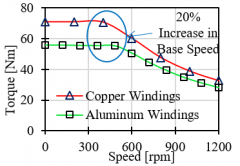
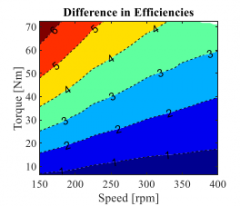
Figures: Comparison of copper and aluminum for PMSM stator windings
Fault Diagnosis and Condition Monitoring of Electric Machines
Electric machines can experience faults and failures due to various factors, including mechanical wear, electrical faults, and environmental factors. Condition monitoring involves continuously monitoring the operating parameters of the electric machine, such as temperature, vibration, and current, to detect any abnormal behavior that may indicate a fault or potential failure. By identifying faults early, maintenance can be scheduled before a catastrophic failure occurs, preventing downtime and reducing repair costs. Fault diagnosis involves analyzing the data collected during condition monitoring to determine the root cause of the problem and recommend the appropriate corrective action. Modern techniques such as artificial intelligence, machine learning, convolutional neural networks (CNN) and recurrent neural networks (RNN), can automatically learn and extract features from raw sensor data collected from electric machines and are used to analyze the data and identify patterns that may indicate a fault. Effective fault diagnosis and condition monitoring can result in several benefits, including increased reliability, reduced downtime, improved safety, and reduced maintenance costs. By proactively identifying and addressing faults, the life of the electric machine can be extended, and its performance can be optimized.
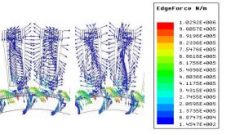
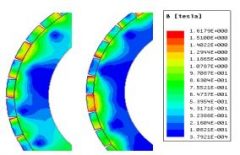
Figures: Investigation of PMSM rotor demagnetization fault